
The July 2025 edition of the Venticool biannual newsletter is now available.

The July 2025 edition of the Venticool biannual newsletter is now available.

The REHVA Brussels Summit is back with its next high-level Policy Conference. The 16th edition of the summit will focus on 'HVAC in Zero Emission Buildings - solutions for IEQ and affordable buildings.'
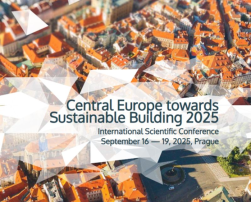
The University Institute of the Czech Technical University in Prague (UCEEB) is organising the 7th International Scientific Conference of Central Europe towards Sustainable Building (CESB).
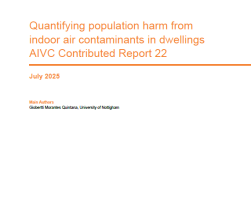
AIVC's Contributed Report 22 (CR 22) evaluates the population harm from exposure to non-pathogen airborne contaminants in dwellings.
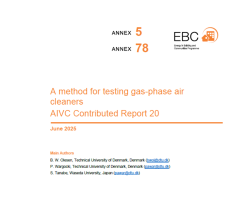
AIVC's Contributed Report 20 (CR 20) describes a test method for gas phase air cleaners based on Perceived Air Quality (PAQ).
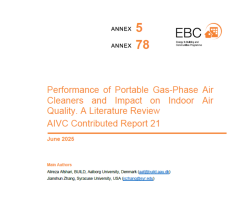
AIVC's Contributed Report 21 (CR 21) presents a comprehensive review of the performance of portable gas-phase air cleaning technologies used in non-industrial indoor environments.
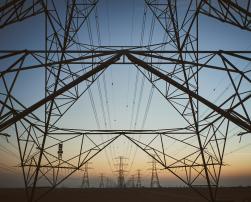
This article discovers how TIMEPAC’s dynamic, data-driven energy certification equips building professionals with tools, training, and insights to lead Europe’s building stock decarbonisation.

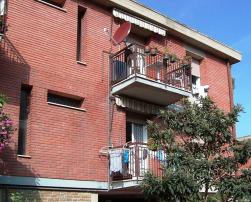
The INFINITE project showcases the case study of the sister buildings in Italy, demonstrating how integrated energy systems and technological kits can enhance energy performance in twin residential structures.